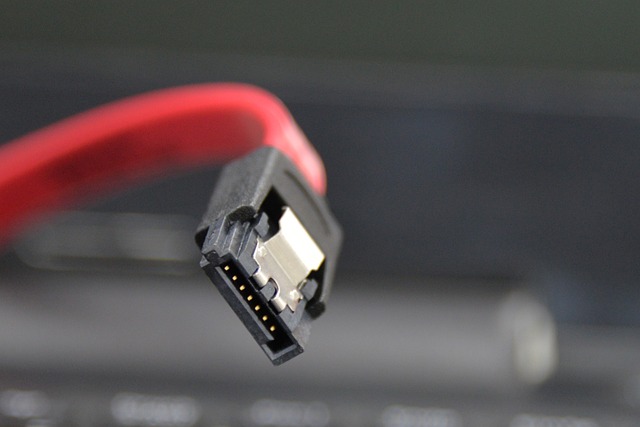
Understanding the Role of SATA Cables in IT Hardware: A Comprehensive Guide
In the realm of informational technology, every component plays a crucial role in ensuring systems run smoothly and efficiently. Among these components, the humble SATA cable often goes unnoticed, yet it is indispensable in connecting storage devices to motherboards in modern computers. Understanding the role of SATA cables in IT hardware is essential for anyone looking to enhance their technical knowledge or build their own systems.
SATA, which stands for Serial Advanced Technology Attachment, is a standard used for connecting hard drives, solid-state drives, and optical drives to a computer’s motherboard. Since its inception in the early 2000s, SATA has evolved through several versions, with each iteration bringing improvements in speed, efficiency, and ease of use. The most common types you’ll encounter today are SATA I, II, and III, with SATA III boasting data transfer rates of up to 6 Gb/s.
One of the key benefits of using a SATA cable is its ability to streamline connections. Unlike older Parallel ATA (PATA) cables, which were bulky and difficult to manage, SATA cables are much more compact and flexible, allowing for better airflow in computer cases. This not only helps in maintaining optimal temperatures but also contributes to the overall aesthetic of a well-organized setup.
When it comes to installing or upgrading your IT hardware, the choice of SATA cable can significantly impact performance. A high-quality SATA cable ensures stable connections and minimizes the risk of data corruption during transfer. For users engaged in activities like gaming, video editing, or data recovery, investing in premium SATA cables is a no-brainer. They can provide faster load times and enhance overall system responsiveness, allowing you to get the most out of your hardware.
Moreover, understanding the specifications of SATA cables is vital for compatibility and performance optimization. For instance, using a SATA III cable with a SATA II drive will not necessarily increase speed, but it ensures the connection is up to current standards. However, matching the interfaces correctly can maximize the potential of your hardware, making it beneficial to stay informed about the versions and specifications available in the market.
Another aspect worth mentioning is that SATA cables are not all created equal. There are distinctions in length, quality, and design. While standard lengths might suffice for most users, enthusiasts building intricate systems may require longer, braided, or even custom cables for aesthetics and better cable management. Choosing the right type according to your setup not only improves functionality but also enhances the visual appeal of your build.
As technology continues to advance, the significance of SATA cables in IT hardware persists. With the increasing reliance on data storage and retrieval systems, acknowledging and understanding the role of these connectors is key. Whether you are a budding IT professional, a hobbyist building a PC, or someone interested in enhancing your existing setup, appreciating the value of SATA cables can elevate your tech experience and provide deeper insights into the world of hardware.



